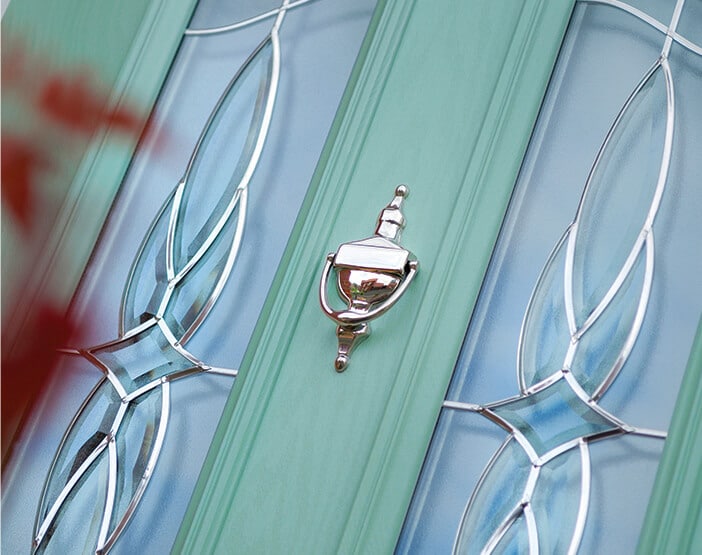Composite Front Doors Plaxtol
Professional Composite Front Installers
Transform The Entrance To Your Home With One Of Kentish Door’s Composite Front Doors
Kentish Doors are highly skilled Composite Front Doors installers based in Kent. We have an incredible range of entrance door colours, styles and features to enable you to create the perfect door for your home. Our doors are made to last, combining strong, state of the art energy efficient materials which reduce drafts, outside noise and also increase your thermal efficiency. All doors come with complex security systems, providing your home with added security which can lead to lower home insurance costs. Our doors are made and fitted to the highest standards. Using our free online composite door designer tool, you can design your door yourself. If you would like assistance creating the door, or have some questions we are happy to help you. To provide you with a quote we would require a site visit to ensure all measurements are correct before fabrication of the door begins. To arrange a free measure and quote please call us today on 01634 321202 or message us via our online contact form.


Choose your door from our gallery & design your perfect door online
Click below to design your perfect door online. Choose from hundreds of options to design your door in minutes.

Suited Hardware & Furniture
We offer a stunning range of suited furniture to match any home, from traditional hardware to contemporary stainless steel options.

13 Stunning Door Colours
Availble internal and external, we have colours to suit any home, be it traditional, contemporary or modern. We have something for everyone.

Locking and security
You can have any locking system with any furniture suite – so it’s even easier to get the lock and security you need with the furniture you want.

Glass and Glazing options
Our unique and patented glazing cassette can be removed from the inside to let you simply change the glass and reuse the cassette.
Plaxtol is a village and civil parish in the borough of Tonbridge and Malling in Kent, England. The village is located around 5 miles (8 km) north of Tonbridge and the same distance east of Sevenoaks. In the 2011 Census, the parish had a population of 1,117.
The name Plaxtol is believed to be derived from Old English words meaning “play area”; there used to be a large green in the middle of the village where children would play after attending church on a Sunday.
The River Bourne flows through the parish, and formerly powered three watermills in Plaxtol – Winfield Mill (corn), Longmill (corn) and Roughway Paper Mill. The village has a primary school, a Cromwellian church, a grocer, a florist and a pub; it also once had a bakery & a butcher.
The 1,000-acre Fairlawne Estate adjoining the village of Shipbourne was owned by Sir Henry Vane the Elder, in the 17th century, and was owned by the Cazalet family in the 19th century. Major Peter Cazalet was a trainer of horses owned by Queen Elizabeth The Queen Mother who was an occasional guest. The estate is currently owned by the Saudi Arabian horse-breeder Prince Khalid ibn Abdullah.
There is a cricket club in Plaxtol, who play in the Kent County Village League against other local teams, as well as friendly matches on Sundays. The club has a thriving junior section as well as an active social scene.
Lady Natalie Attwood (1951- ), although no longer living in the village, still visits occasionally and in 2004 financed the renovation of the local church’s clock tower. The church’s cemetery contains her ancestors.
